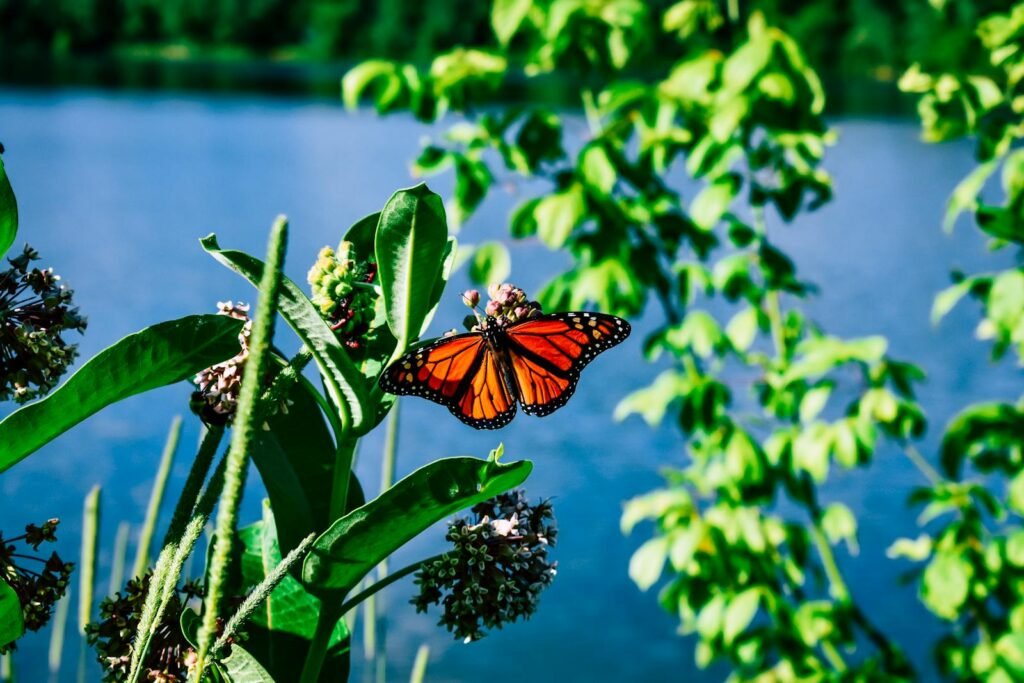Once a common sight across the Australian landscape, the Tasmanian Devil had vanished from the mainland thousands of years ago. Their return is not just a tale of conservation but a story that touches the hearts of many who care about the environment. These creatures, known for their ferociously spirited nature, have been reintroduced to the mainland in a move that promises to reshape the ecological balance. This initiative has been lauded as a significant conservation success, a beacon of hope in a world where environmental challenges often dominate the narrative. The story of the Tasmanian Devil’s return is a testament to human efforts harmonizing with nature, a collaboration that brings back life to where it once thrived.
The Historical Disappearance
Thousands of years ago, the Tasmanian Devil roamed freely across the Australian mainland. However, changing environmental conditions and the introduction of the dingo led to the decline of these iconic marsupials. By the time European settlers arrived, the Devils had all but disappeared from the mainland, leaving Tasmania as their sole refuge. Their absence from the mainland was a significant ecological shift, as these creatures played a vital role in maintaining the balance of the ecosystem. The void left by their disappearance was felt in various ways, from changes in prey populations to shifts in vegetation. This historical context sets the stage for understanding why their return is so significant today.
The Role of the Tasmanian Devil in the Ecosystem
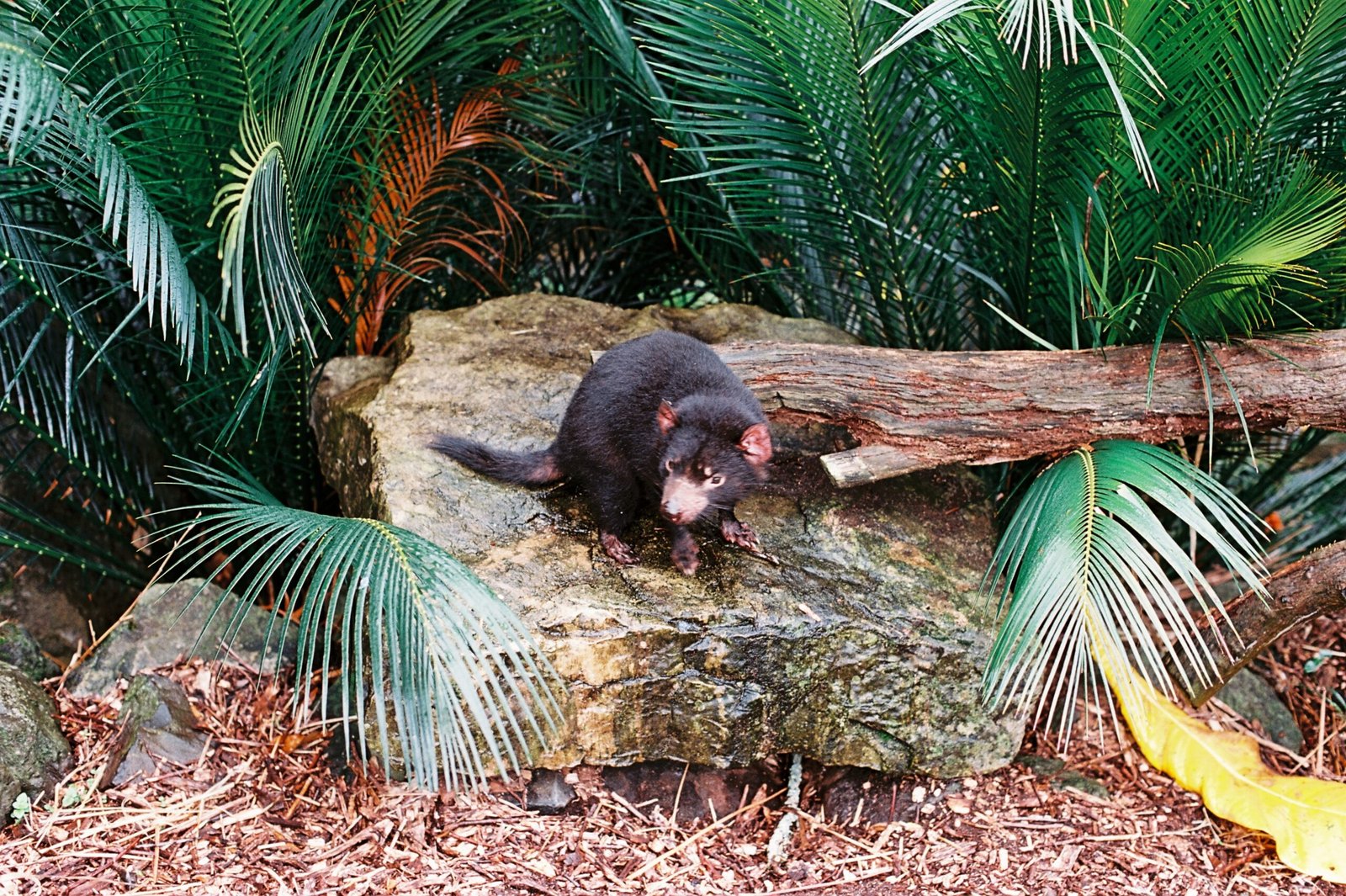
Tasmanian Devils are more than just intriguing creatures with a fearsome reputation. They are essential scavengers, helping to keep the ecosystem clean by consuming carrion and thus preventing the spread of disease. Their presence impacts other species as well, keeping the population of smaller predators in check and maintaining a balanced food web. Without them, certain prey species can become overabundant, leading to overgrazing and other ecological imbalances. This vital role underscores the importance of their reintroduction to the mainland, where they can restore ecological harmony. Their return is not just about preserving a species but revitalizing entire ecosystems.
The Road to Reintroduction
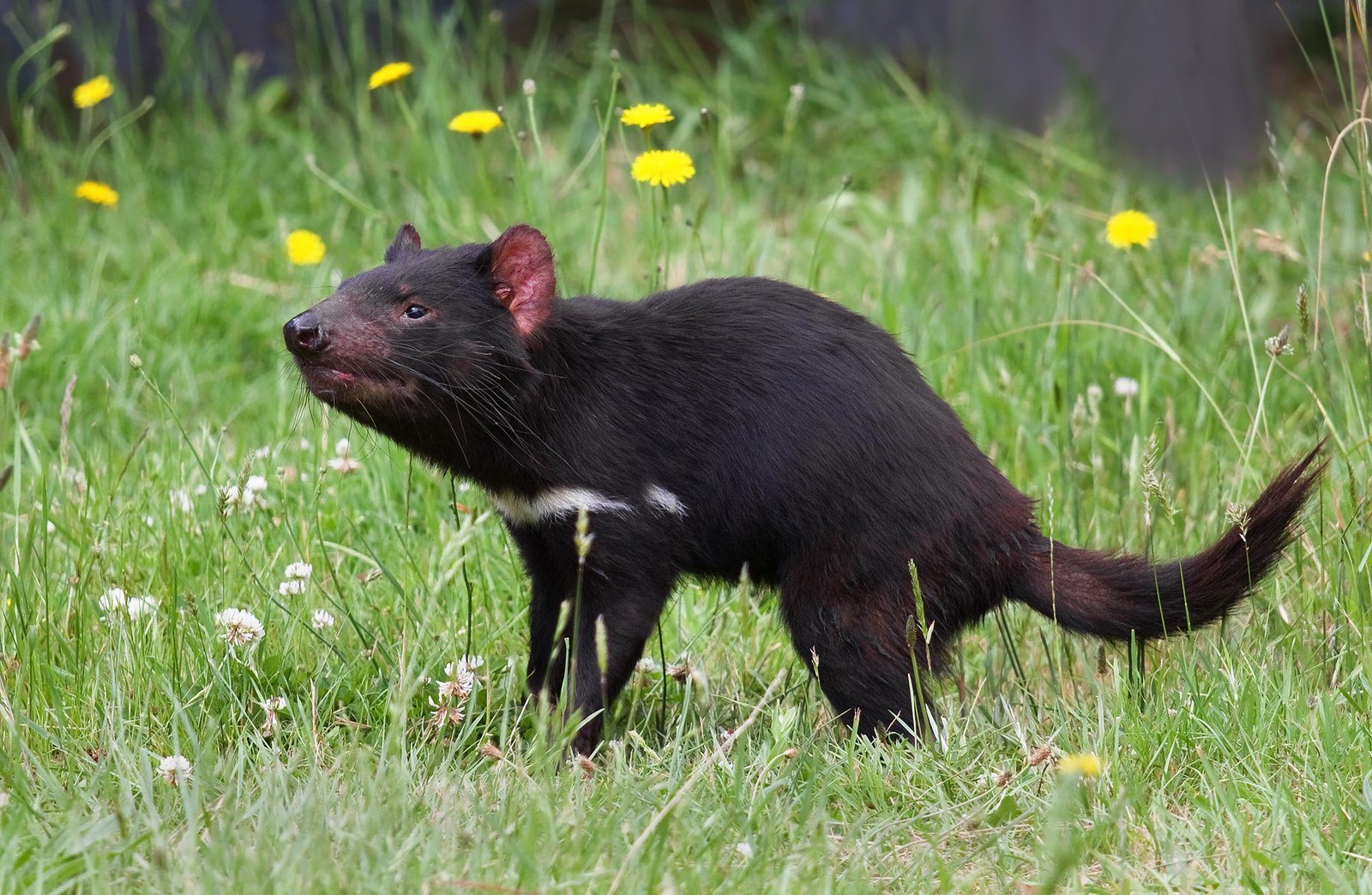
Reintroducing the Tasmanian Devil to the mainland was no small feat. It required years of meticulous planning, research, and collaboration among conservationists, scientists, and local communities. The process involved selecting suitable habitats, ensuring there was enough prey, and minimizing potential threats. Conservationists also had to consider the impact on existing wildlife and work on strategies that would allow the Devils to thrive without disrupting the current ecosystem. This strategic approach was crucial, as it ensured that the reintroduction would be sustainable and beneficial for all involved. The road to reintroduction was paved with challenges, but the perseverance of those involved has led to a remarkable success story.
Challenges Faced During Reintroduction
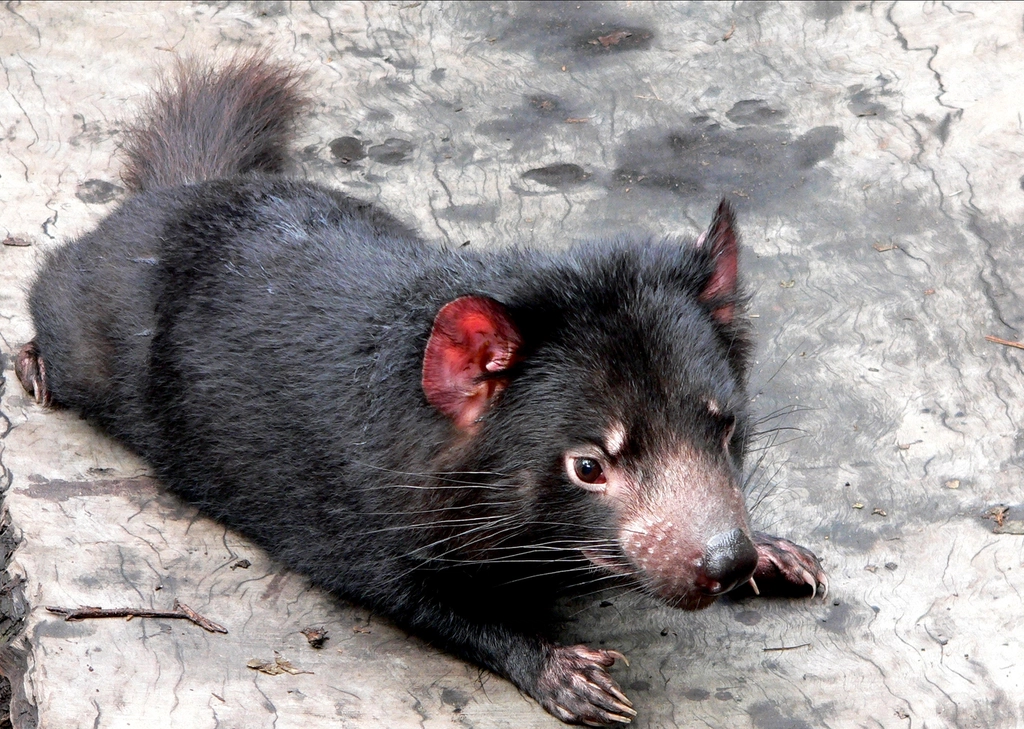
Reintroducing a species to its former habitat is fraught with challenges. For the Tasmanian Devil, one significant concern was the Devil Facial Tumor Disease (DFTD), a contagious cancer that has decimated populations in Tasmania. Conservationists had to ensure that the Devils being reintroduced were free from this disease, a task that required rigorous health screenings and monitoring. There were also concerns about how the Devils would adapt to their new environment and interact with other species. Potential conflicts with human activities were another consideration, requiring careful planning and community engagement. Despite these hurdles, the project has seen success, a testament to the dedication of those involved.
Community Involvement and Support
The reintroduction of the Tasmanian Devil to the mainland would not have been possible without the support and involvement of local communities. Education and outreach programs were crucial in raising awareness and fostering a sense of shared responsibility. Communities were engaged in monitoring efforts, providing valuable data and observations that helped guide the reintroduction process. Their involvement also extended to habitat restoration projects, creating environments where the Devils could thrive. This collaborative approach has not only ensured the success of the reintroduction but has also strengthened the bond between people and their natural environment. Community support has been a cornerstone of this conservation success.
The Current Status of Tasmanian Devils on the Mainland
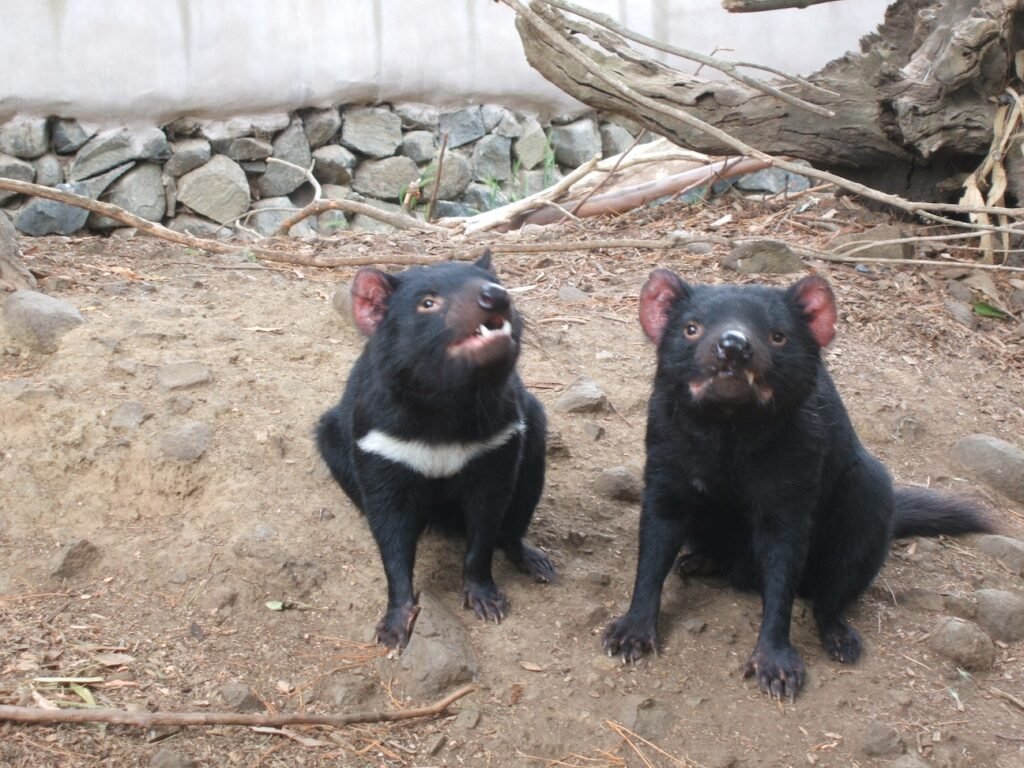
Since their reintroduction, Tasmanian Devils have begun to establish themselves on the mainland, showing promising signs of adaptation and integration. Monitoring efforts have revealed that they are thriving in their new environment, with healthy populations and successful breeding observed. This positive trend is a hopeful indicator that the reintroduction is on the right path, with the potential to bring long-term benefits to the ecosystem. While challenges remain, such as ongoing monitoring and disease prevention, the current status is encouraging. The sight of Tasmanian Devils once again roaming the mainland is a powerful symbol of conservation success.
The Impact on Other Species
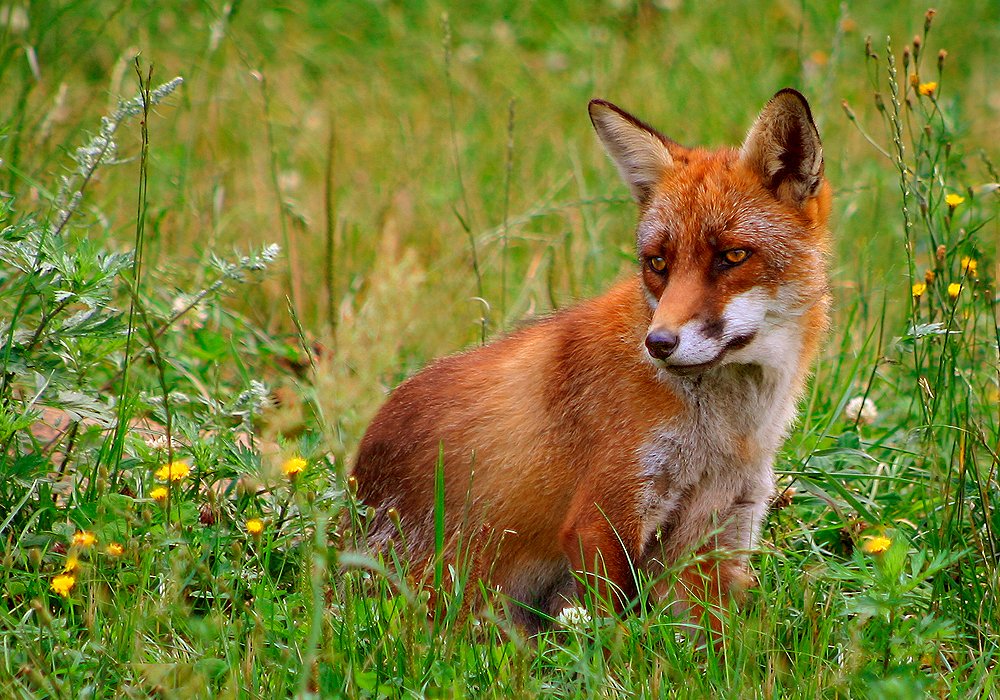
The return of the Tasmanian Devil has had a ripple effect on the ecosystem, influencing various other species. Their presence has helped control populations of invasive species, such as feral cats and foxes, which have been a significant threat to native wildlife. This control helps protect vulnerable species, allowing them to recover and thrive. Additionally, the Devils’ scavenging habits contribute to nutrient cycling, promoting healthier vegetation and supporting diverse animal communities. The reintroduction has not only benefited the Devils themselves but has also enhanced biodiversity and ecological resilience. This interconnectedness highlights the broader significance of their return.
Future Prospects and Continued Efforts
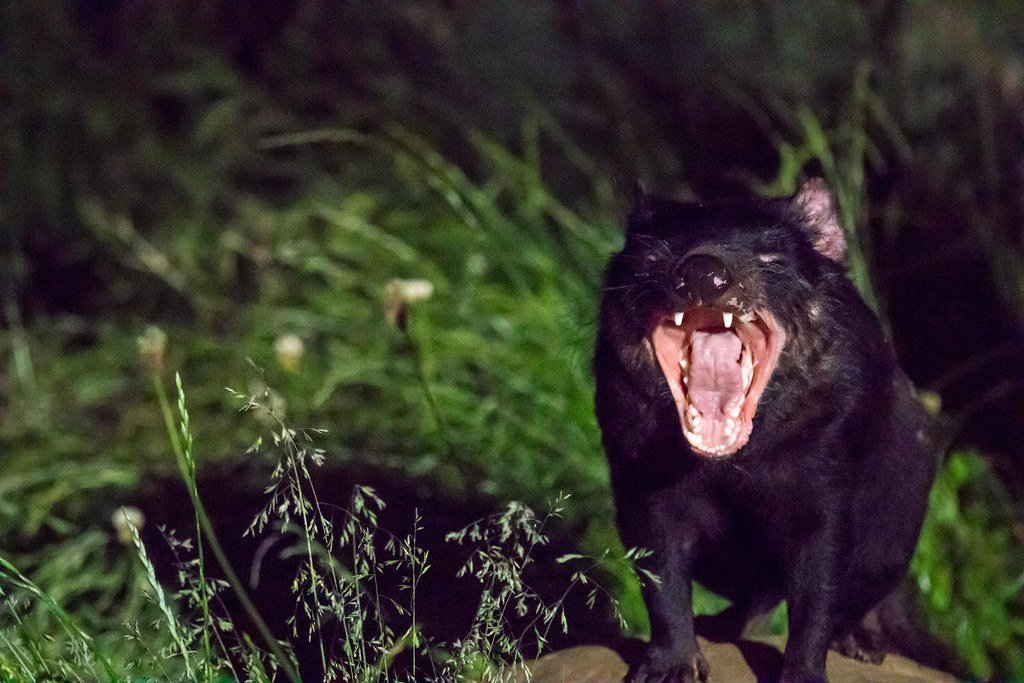
The successful reintroduction of the Tasmanian Devil to the mainland is just the beginning of a long-term conservation journey. Continued efforts are needed to ensure that these creatures remain healthy and that their populations continue to grow. Ongoing research and monitoring are essential, providing insights that can guide future strategies and interventions. Conservationists are also exploring the potential for expanding the reintroduction to other suitable habitats, further enhancing the ecological benefits. The future prospects are promising, with the potential for the Tasmanian Devil to become a flagship species for conservation efforts in Australia. Continued dedication and collaboration will be key to realizing this vision.
Lessons Learned from the Reintroduction
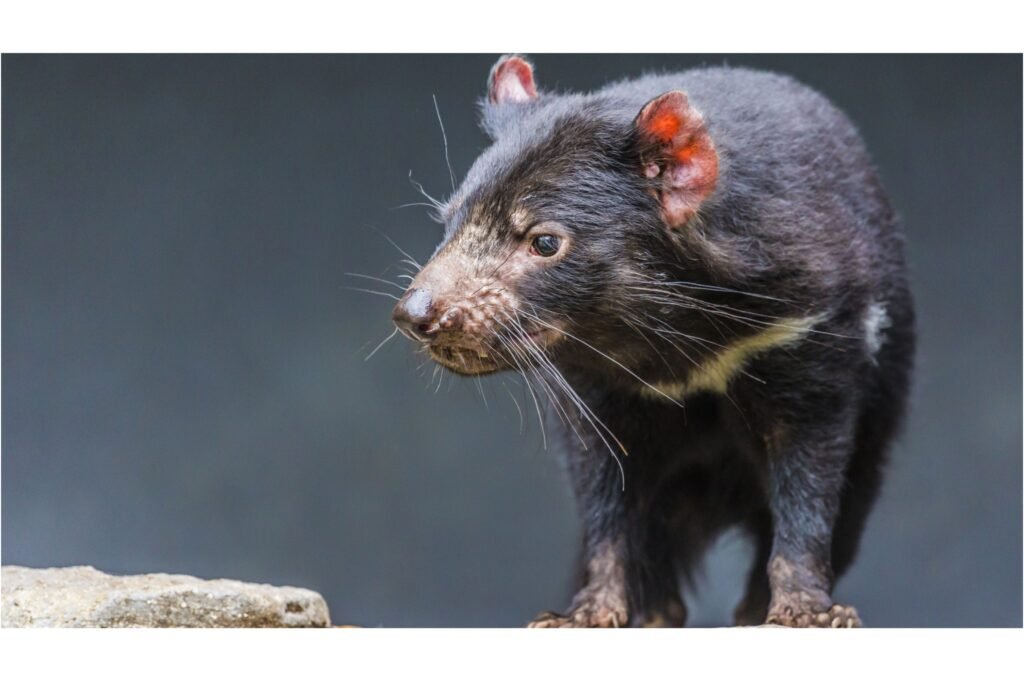
The reintroduction of the Tasmanian Devil to mainland Australia offers valuable lessons for conservation efforts worldwide. It highlights the importance of a well-planned and collaborative approach, engaging diverse stakeholders to achieve common goals. The project underscores the need for rigorous scientific research and adaptive management, allowing for flexibility and responsiveness to emerging challenges. It also demonstrates the power of community involvement, showing how local support can drive conservation success. These lessons can inform future initiatives, inspiring and guiding efforts to restore other species and ecosystems. The Tasmanian Devil’s return is a blueprint for effective conservation action.
Conclusion
The return of the Tasmanian Devil to mainland Australia is a heartening conservation success story, one that inspires hope and action. It showcases the power of human dedication and collaboration in restoring nature’s balance, reminding us of our responsibility to protect the planet. The Devils’ reintroduction has not only brought back a vital species but has also revitalized ecosystems and strengthened community bonds. This achievement serves as a beacon of hope in a world facing numerous environmental challenges, offering a model for future conservation efforts. The Tasmanian Devil’s return is a testament to what can be accomplished when people come together for a common cause.

